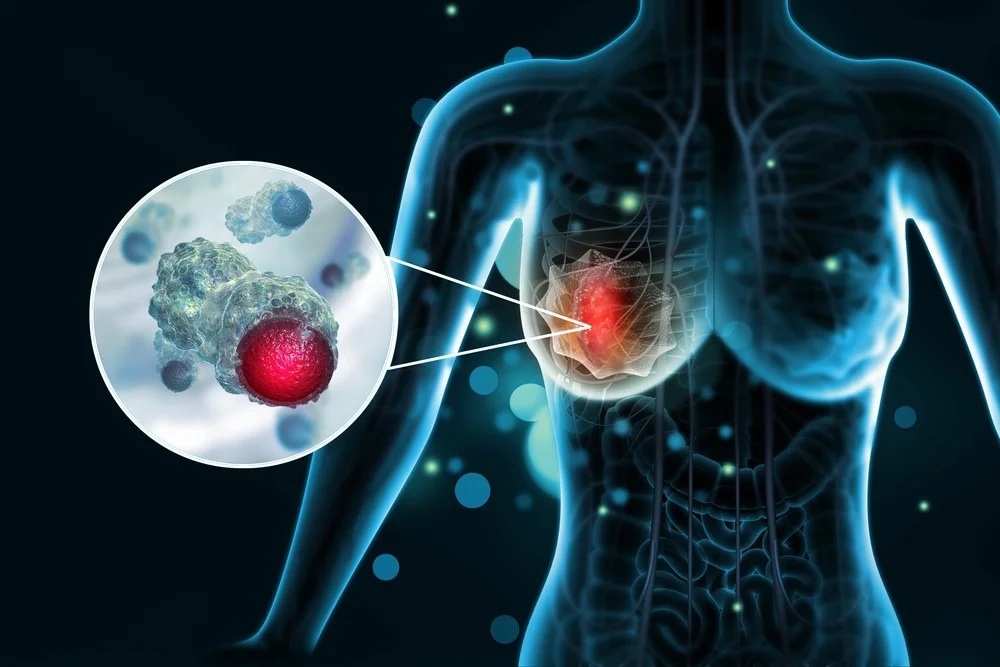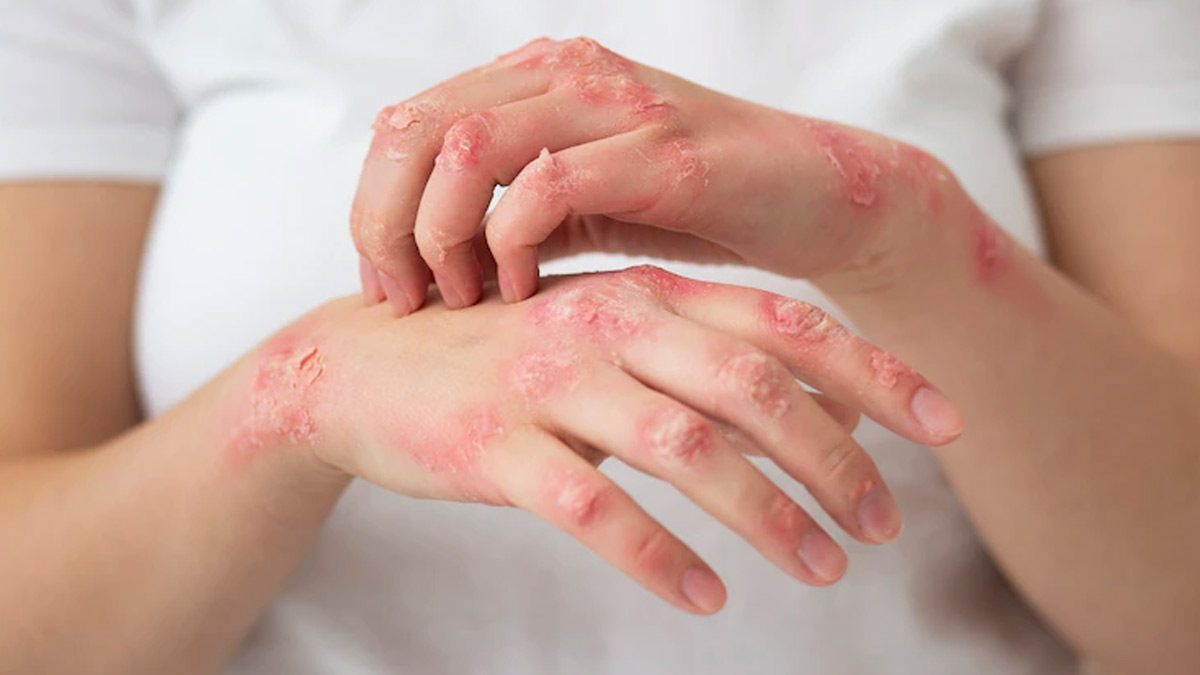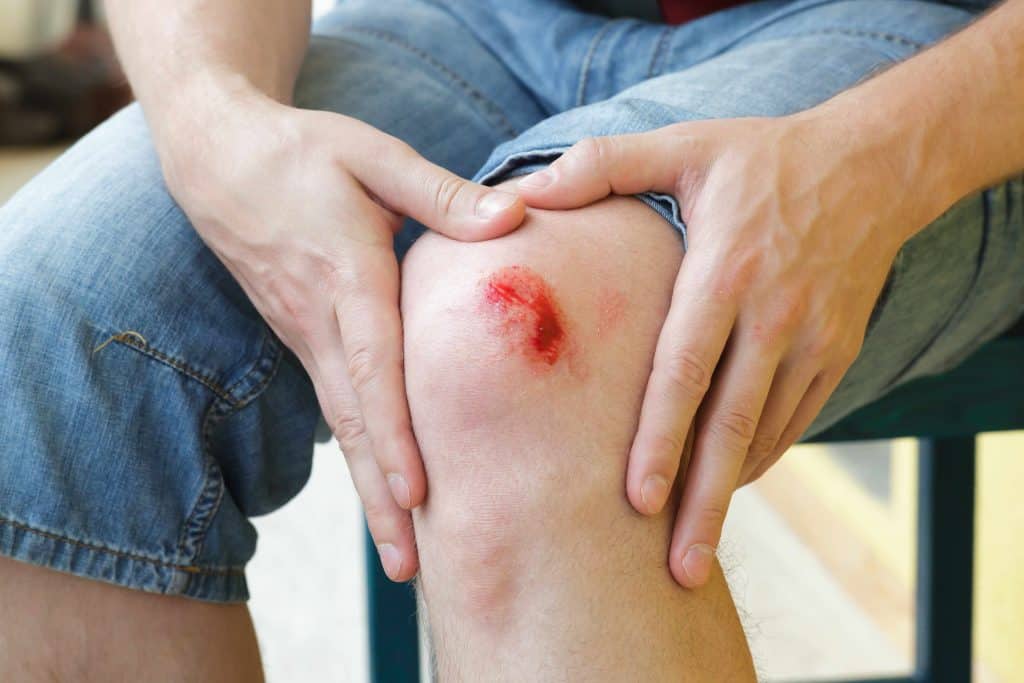
Triple-negative breast cancer (TNBC) is a type of breast cancer where the cancer cells lack estrogen and progesterone receptors, and don't overexpress the HER2 protein. It's considered an aggressive subtype due to its rapid growth, higher risk of metastasis, and recurrence. TNBC accounts for about 10-20% of all breast cancer diagnoses. Symptoms of triple-negative breast cancer can include a new lump, breast pain, dimpled skin, nipple discharge, or swelling.
Triple-negative breast cancer (TNBC) is a subtype of breast cancer that lacks receptors for targeted therapy Consequently, chemotherapy is currently the mainstay of systemic treatment options. However, the enrichment of cancer stem cells (CSC, a subpopulation with stem-cell characteristics and tumor-initiating propensity) promotes chemo-resistance and tumorigenesis, resulting in cancer recurrence and relapse.
Natural products specifically compounds derived from plants, have the potential to treat TNBC and target CSCs by inhibiting CSC signaling pathways. These compounds have been shown to promote cell cycle arrest and apoptosis in TNBC cells. They also could inhibit the epithelial-mesenchymal transition (EMT) that plays an important role in metastasis. In addition, those natural compounds have been found to inhibit pathways important for CSCs, such as NF-κB, PI3K/Akt/mTOR, Notch 1, Wnt/β- catenin, and YAP.




Psoriasis is an immune mediated inflammatory disease, which is having no permanent cure. Psoriasis is a complex multifunctional inflammatory skin disease characterized by T-cell activation, local vascular changes, abnormal keratinocyte proliferation and neutrophil activation. Psoriasis represents an immune-mediated disease with an unclear cause that’s marked by inflammation triggered by dysfunction in the immune system, which results in inflammation in various parts of the skin. There could be obvious symptoms, such as elevated plaques; these plaques may appear differently depending on the type of skin. This disease can cause inflammation in the elbows, lower back, scalp, knees, or other regions of the body. It can begin at any age. Specific cells (such as T cells) have been observed to play an obvious role in the pathogenesis of psoriasis, in addition to specific immunological molecules such as TNF-, IL-12, IL-23, IL-17.
Though, there are several treatment methods to treat psoriasis, no particular medication claims a satisfactory and complete remedy. A wide range of synthetic therapeutic agents have also been reported, The synthetic drugs used to treat it are having side effects. In that case, the herbal natural remedy is the obvious alternative, which is safe and equally effective as the synthetic drug. Herbal drugs by virtue of their safe nature and easy availability may lend themselves as potential anti-psoriatic moieties. The main targets to consider is the T-cell activation, T-cell trafficking, Cytokinase inhibition and Counter offensive strategies.
A wound is the loss of the normal integrity, structure, and functions of the skin due to a physical, chemical, or mechanical agent. Wound repair consists of an orderly and complex process divided into four phases: coagulation, inflammation, proliferation, and remodeling. The potential of natural products in the treatment of wounds has been reported in numerous studies, emphasizing those with antioxidant, anti-inflammatory, and antimicrobial properties, e.g., alkaloids, saponins, terpenes, essential oils, and polyphenols from different plant sources, since these compounds can interact in the various stages of the wound healing process. We observed sufficient evidence of the activity of these compounds in the treatment of wounds The treatment of wounds is of great importance for human health, since the lack of healing and the prolongation of treatment time cause increases in economic costs, as well as social implications for health institutions and doctors, the lives of patients, and their families. Therefore, improper wound care can lead to more problems in patients, for example, bleeding, infections, inflammation, a poor healing process, and complications in tissue regeneration. According to the World Health Organization (WHO), it is estimated that almost 80% of the world’s population uses traditional practices as health treatment; of these, 85% use plant remedies.
Natural compounds can provide a solution to improving the wound healing process by reducing scar formation. Antimicrobial, antioxidant, and healing plant-derived bioactive compounds stimulate the blood coagulation, fight infection, and speed up wound healing . However, on the use of natural products, in combination with modern drugs, as well as the development of better delivery mechanisms, which represent a very promising area for drug discovery from natural products.


Rheumatoid Arthritis (RA) is a chronic, debilitating illness characterized by painful swelling of the joints, inflammation of the synovial lining of the joints, and damage to cartilage and bone. Several anti-inflammatory and disease-modifying drugs are available for RA therapy. However, the prolonged use of these drugs is associated with severe side effects. Moreover, some of these drugs are quite expensive. Owing to these limitations, an increasing number of patients have started to turn to natural products to relieve symptoms of RA and related ailments with over 36% of adults in the USA using complementary and alternative (CAM) therapies. Natural products have been studied extensively.
Though, there are several treatment methods to treat psoriasis, no particular medication claims a satisfactory and complete remedy. A wide range of synthetic therapeutic agents have also been reported, The synthetic drugs used to treat it are having side effects. In that case, the herbal natural remedy is the obvious alternative, which is safe and equally effective as the synthetic drug. Herbal drugs by virtue of their safe nature and easy availability may lend themselves as potential anti-psoriatic moieties. The main targets to consider is the T-cell activation, T-cell trafficking, Cytokinase inhibition and Counter offensive strategies.
